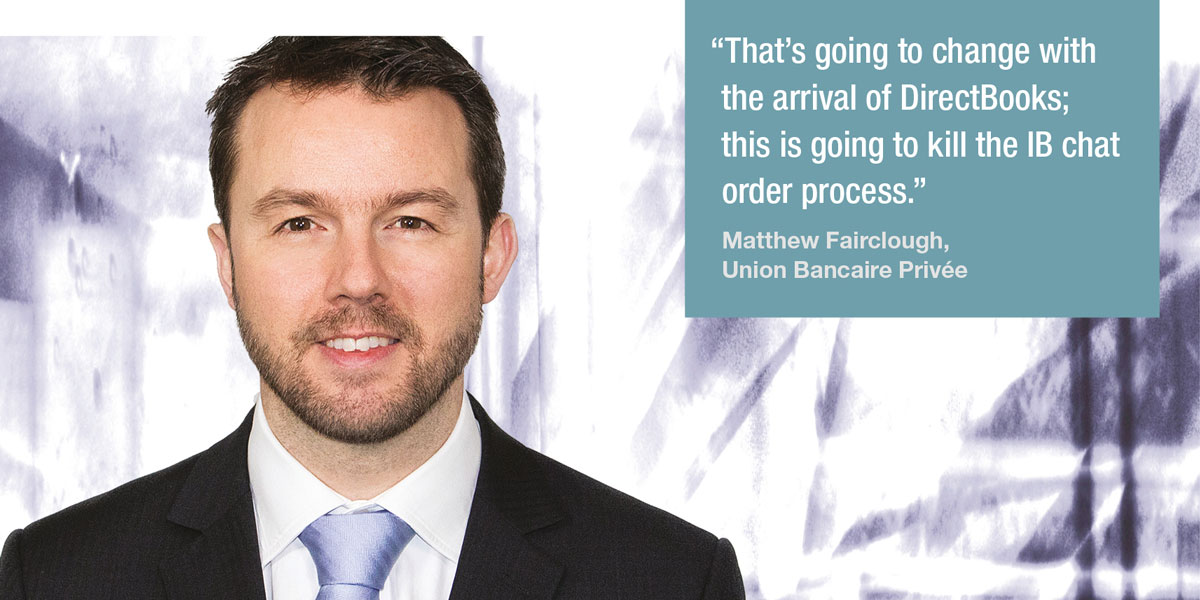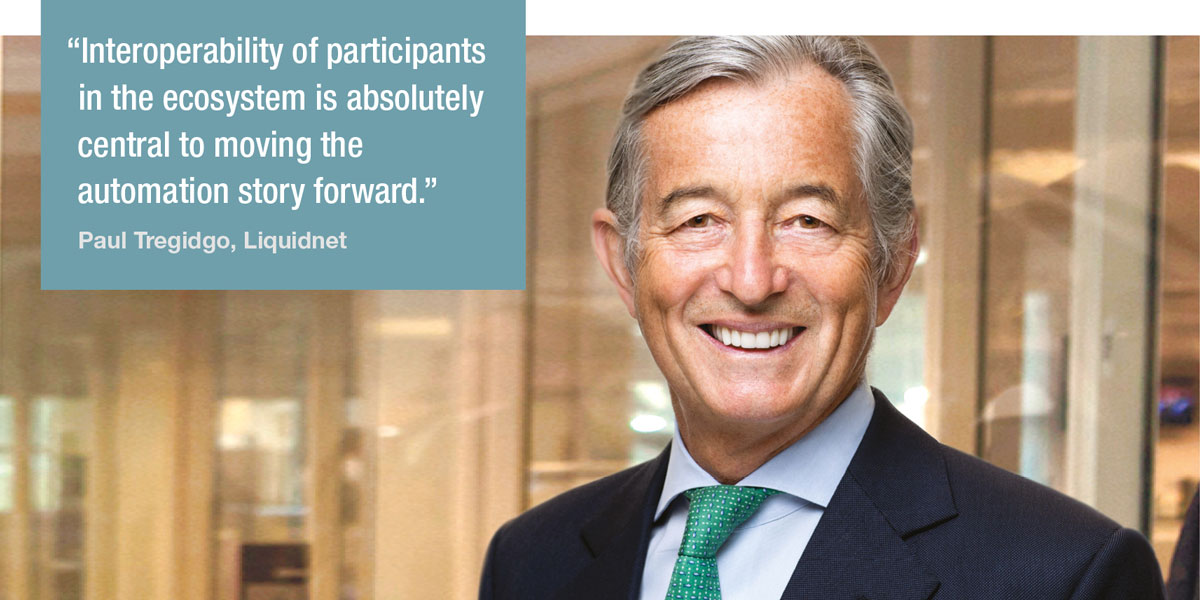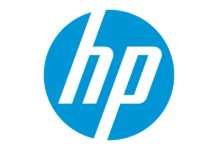
With issuance expected to stay high in 2022, traders appeal for a streamlined approach to primary market interfaces.
The level of global bond issuance in 2022 is expected to decline by just 3% from near record highs in 2021, meaning that stress on buy-side trading desks is likely to be sustained. At present, three major platform operators – DirectBooks, IHS Markit and Liquidnet – are engaged in the process of electronifying and automating the manual workflow which is a burden for buy-side traders, IHS’s InvestorAccess platform having launched five years ago. The incumbent tools are either Bloomberg IB chat, email or the telephone.
Matthew Fairclough, fixed income trader at Union Bancaire Privée (UBP) says, “Market participants should be embracing these platforms.”
While each provider has a clear approach to resolving the inefficiencies in the existing model of engagement, and different qualities to bring to the table, it seems unlikely that multiple systems would be supported, as fragmentation would simply create additional workload, thus compounding the problem.
“Given the complexity of this workflow, the number of parties involved and the need to coordinate different capabilities and connectivity, it is likely that different parties will need to work together,” says Mark Taylor, fixed income product & business development at Liquidnet.
The choice so far
At a technical level, the services offered so far have created significant improvements to the historical process of manually receiving, then copying and pasting and sending the same information to multiple banks and to portfolio managers, which introduced risk into the workflow.
DirectBooks’ DirectBooks has provided a set of structured data fields, which users can access via the DirectBooks graphical user interface, or via FIX connectivity into a proprietary/internal interface or order management system (OMS). The firm has an ongoing programme to connect with OMS providers. The firm’s greatest asset is that it is backed by major investment banks, having been founded by Bank of America, Barclays, BNP Paribas, Citi, Deutsche Bank, Goldman Sachs, JP Morgan, Morgan Stanley, and Wells Fargo.
IHS Markit’s InvestorAccess has set up a full workflow of standardised processes, which are already being used in both the European and Asia-Pacific markets.

“We’ve addressed two of the main pain points that the buy-side have,” says Nick Hall, managing director for fixed income at IHS Markit. “One is around that dissemination of deal information. That is now standardised, the syndicate desks enter the same mandatory terms at each stage of the deal, whether that is announcement, launch or priced, which means that the terms the buy side are getting are standardised, they are in a machine readable format. They can take them into back office systems without having to rekey them.”
It has also developed processes that support timely communication over the manual sending of messages and allocations.
“The second pain point is around order management,” Hall explains. “Buy-side traders may need to update orders numerous times during the course of a one-hour to two-hour bookbuild, having to communicate that to several salespeople. The ability to have that order directly sent to both the syndicate banks’ orderbooks and sales people in one go, which is what you can do with InvestorAccess, and then have the allocation come back electronically as well, so you are not having to wait for that to be communicated by the sales-person, is in place now and is in use in Europe.”
Liquidnet has evolved its tool to try and minimise disruption to existing practices, so as to minimise any effort required in onboarding.

Mark Taylor says, “We have found a way to convert unstructured data to structured data efficiently. Banks send out announcements in a fairly unstructured way and we have a way of turning that into structured data, into individual fields that you can process electronically. The other part is the introduction of a unique identifier which is established much earlier in the new issue process than happens today. That allows investors to rapidly set up a new bond in the order management system.”
Timing and speed
From a buy-side perspective, this efficiency has a real effect on the capacity to support end investors and specific investment strategies.
“People receiving an allocation rely on the sales team to tell them,” says Fairclough. “Once a bond has been allocated it can start trading on the secondary market relatively quickly. If you haven’t received your allocation and the bond starts trading in the secondary market, you could be penalised, it could cost you because you don’t know if you have got bonds on or not.”
He continues, “Technology allows allocations to be done quickly and efficiently and the buy side client can get that allocation out to their client quickly. Then the client can then react either to top up on the allocation or keep the position.”
This also reduces the level of manual effort, and intrinsic operational risk, required to simply manage the process, without adding any value to the buy side, sell side or issuers, the sell side’s clients.
Hall adds, “We’ve got about 95% of the investment grade (IG) market in Europe on that platform now, available to the buy side in that workflow.”
What has been achieved to date is very positive, Fairclough notes.
“We have been using InvestorAccess for five years, Europe and Asia have used platforms to replace IB chat, and that’s been wonderful,” he says. “The hindrance has been the absence of the US banks who refused to get onboard with InvestorAccess and commissioned their own platform through DirectBooks.”
As a result, the banks have not allowed the full potential of efficiency to be realised, despite the best efforts of IHS Markit.
“While I have enjoyed and appreciated using the platform, it has meant that by keying in orders, only half of your lead managers could be notified via the platform,” he says. “The other lead managers, mainly the US banks, still have to be notified with your order or any update they had to be notified by IB chat which is frustrating. That’s going to change with the arrival of DirectBooks; this is going to kill the IB chat order process. It means you will be able to use the platforms whether InvestorAccess or DirectBooks in tandem to key in your orders and get your allocation.”
Hall confirms that IHS Markit is keen to support technical integration with other platforms, as does Liquidnet.

“Our position is that interoperability of participants in the ecosystem is absolutely central to moving the automation story forward,” says Paul Tregidgo, senior advisor with Liquidnet: “We support it and everything we have done so far is in line with that concept of interoperability and interconnection. Asking banks or investors to incur extra key strokes in their processes because different providers are bringing different pieces to the solution is not the goal of the automation journey.”
Although neither IHS Markit nor Liquidnet will confirm if they are working with each other, they are both on board with the principle of interoperability.
Rich Kerschner, CEO at DirectBooks, says, “DirectBooks supports the concept of interoperability. We are committed to being a responsible member of the primary issuance ecosystem. But we see ‘interoperability’ as very different than creating dependencies on competitors.
He continues, “Our mission is to evolve the primary issuance process. Details matter here. We have engaged in well-intentioned discussions with the other players in the space – and will continue to do so – but we will also need to stay true to our independence and innovation mission. Competition drives innovation. We are confident that a thoughtful interoperability solution will emerge in the near-term, balancing the needs of market participants and the independent service providers. There is more to come.”
If further change does not come about, having no agreement could prove to be as much a barrier to progress as having no system at all – while the industry is given the illusion of progress.
“I am still concerned about the intense amount of growth in debt/issuance since March 2020 versus the lack of growth in the main sources of buy-side liquidity – dealer balance sheet,” notes one US based buy-side trader.
©Markets Media Europe 2025
























